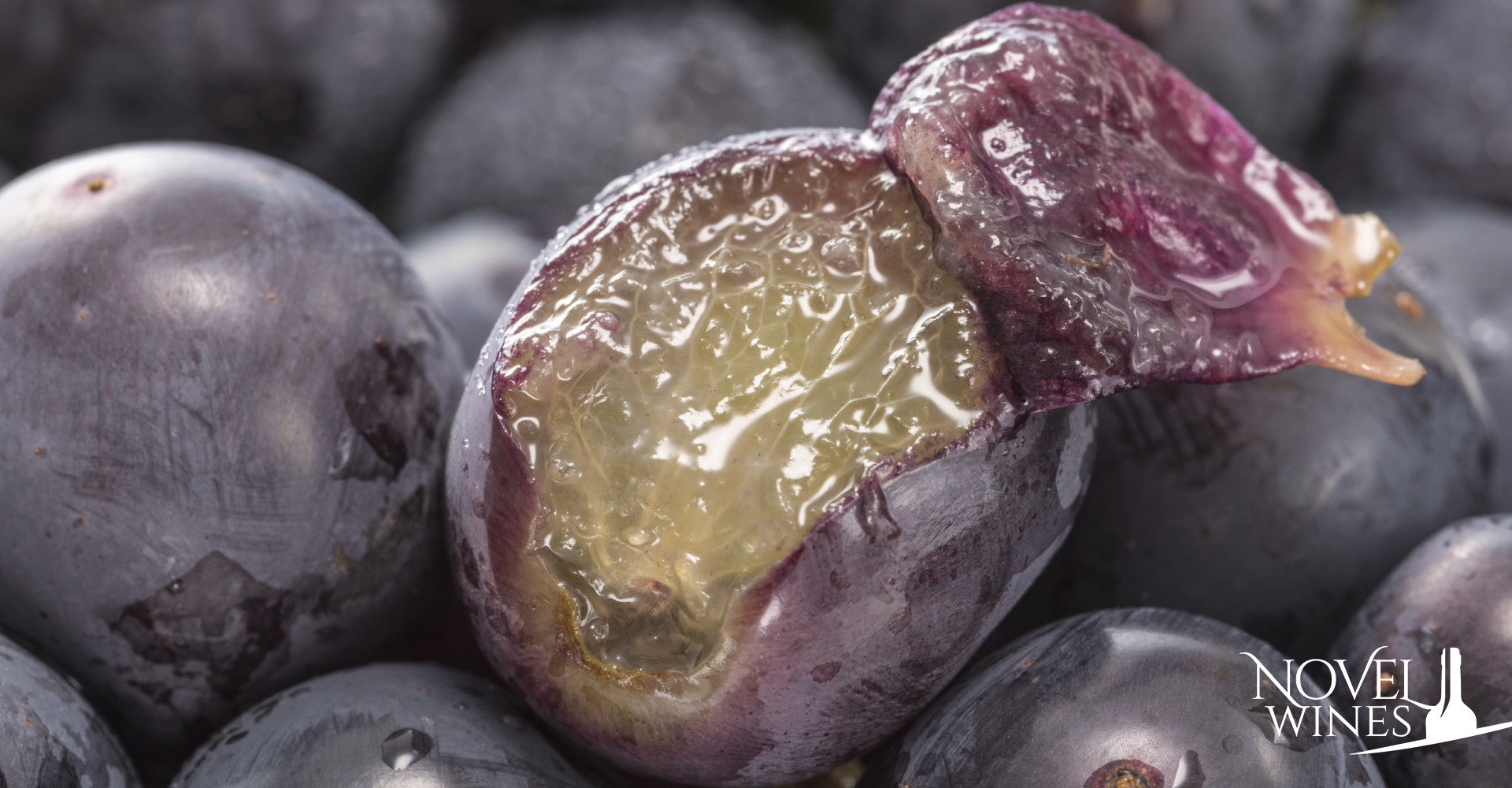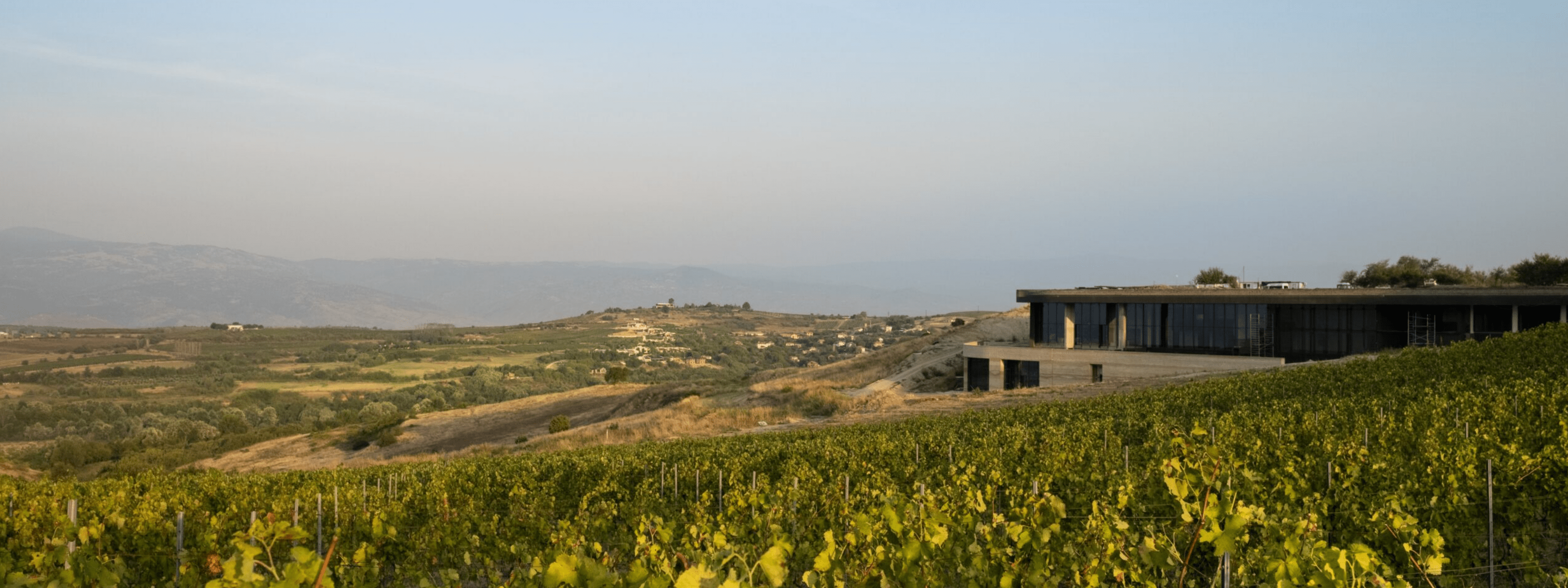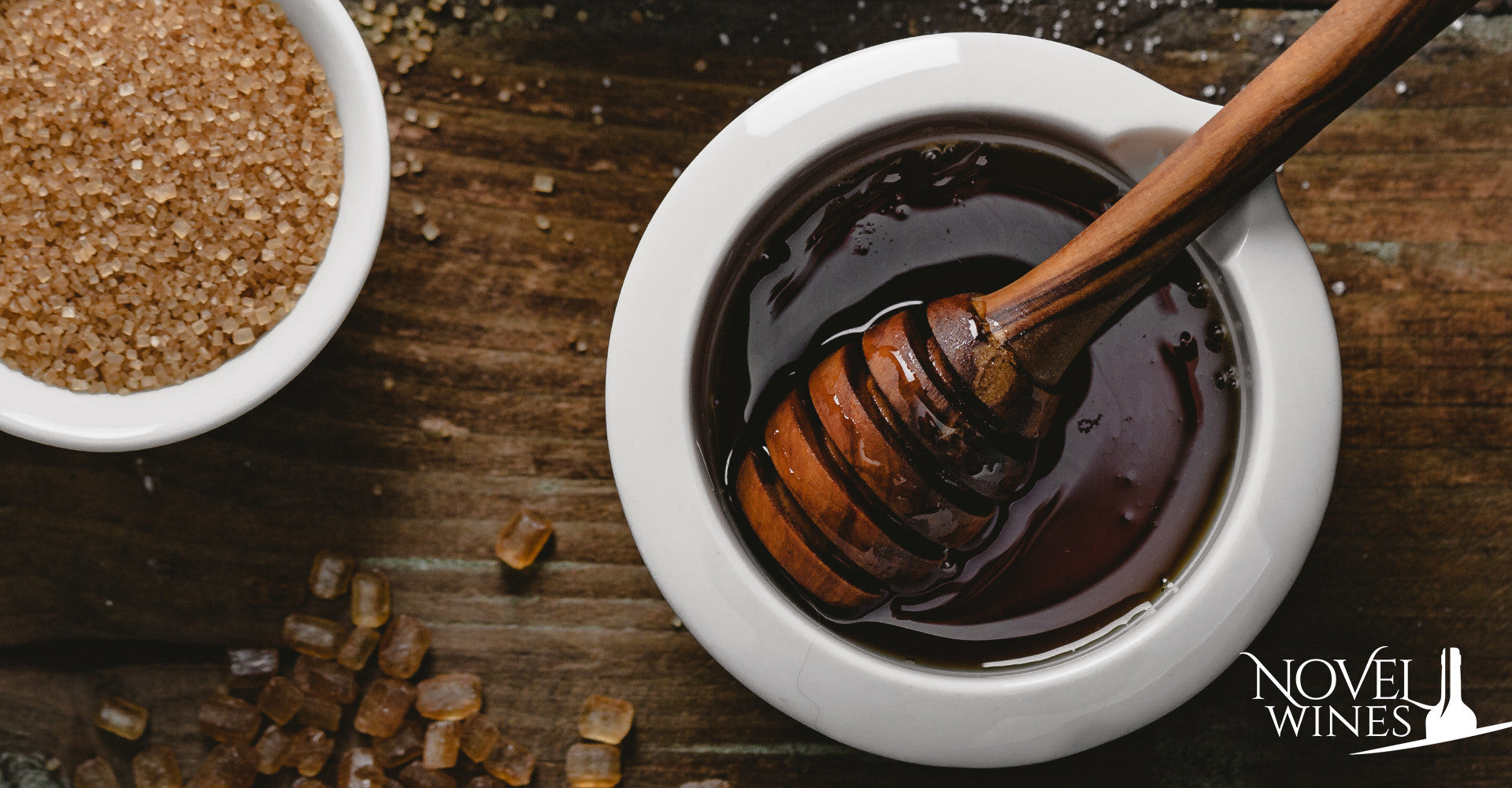
Understanding TANNIN: Tasting Week - Learn to Taste Wine!
Continuing on our special Tasting Week, our wine buyer Ben talks about tannin!
Earlier in the week, Ben gave you insights on how to taste body and acidity in wines. Today he continues the series with a video on mastering tannin!
Don't forget to like, share and subscribe on our Youtube channel!
The basics of tasting tannin in wine
Tannin is often why wine is described as 'dry', because it can offer a drying sensation on the palate. This dryness has over time become more associated with residual sugar in wine and varying levels of sweetness, but we'll talk more about that tomorrow.
If you want to know what tannin feels like, then start with familiar items. Making yourself a black tea and sipping it will have similar sensations to a particularly tannic red wine.
Should you want to feel raw, proper tannin on your palate, you might want to try putting a wet tea bag on your tongue. These sensations are generally felt throughout the mouth but particularly on the roof of your palate. This kind of tannin can add depth.
Skin tannin, however, which is more of a fruit-like astringency, can be best identified on the tip of your tongue. These tannins are coming, literally, from grape skins, and so the best way to get an idea of how they taste is to peel a grape and just eat its skin. This kind of tannin can make you pucker, but in wine it often adds freshness and structure.
If a wine is "over extracted", it means it's been left on the skins for too long and you'll have a lot of quite unpleasant astringency.
Now you've got an idea of how tannin feels, let's talk wine!
Got a question we can answer in tasting week? Email Ben at ben@novelwines.co.uk
Where to start your wine tasting
Tannin is mostly found in red wines because these wines have been left on their skins to extract colour and phenolics. Some white wines will show tannin, usually from oak; orange wines, which have extended skin contact but are white grapes, also have tannin.
However, to keep things simple, begin with a cool climate light bodied red wine. We've picked a Regent from Aldwick Estate in Somerset, but you could go for a Pinot Noir or a Gamay (Beaujolais) instead. These red grapes have thinner skins and therefore offer less extraction. They should feel soft, fruity and smooth.
Then try a bigger, more tannic wine. You could go for a young Tannat like Fausto, if you want an idea of big tannins, or something a bit more common like Cabernet Franc, which has an obvious green and twiggy tannin. Our Sabar Estate Cabernet Franc will give you a good idea of tannin in wine.
Let us know how you get on!




